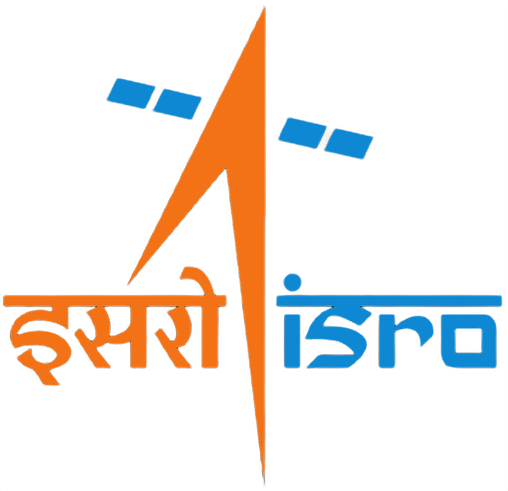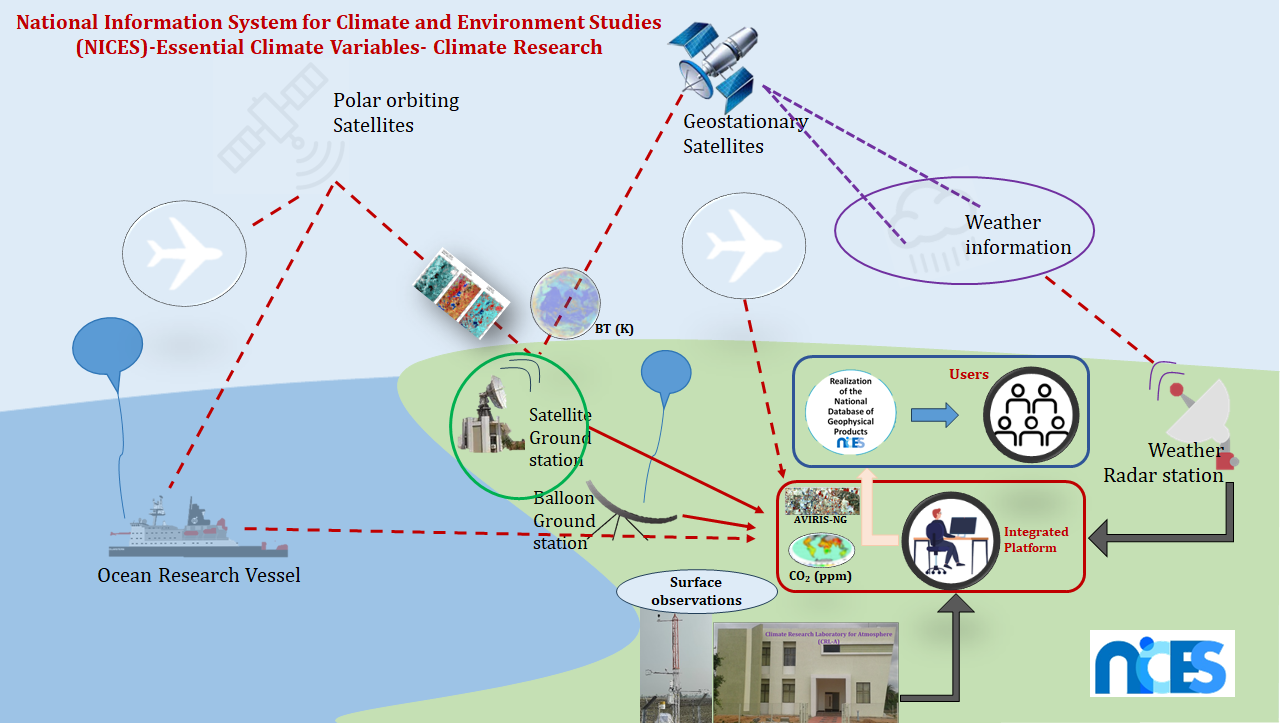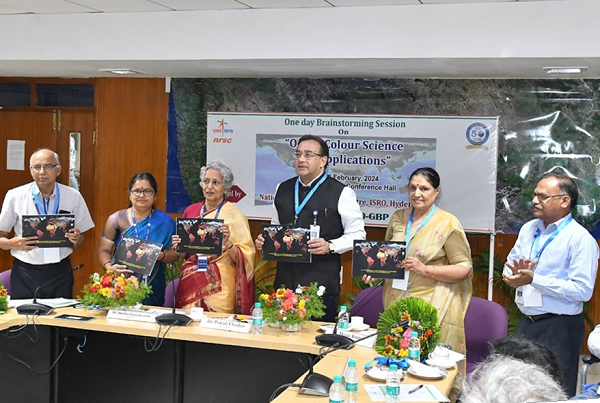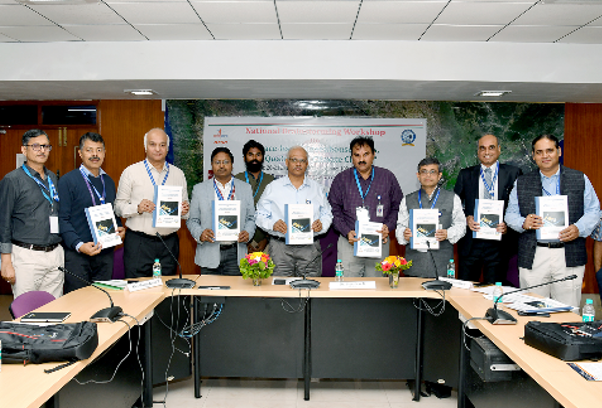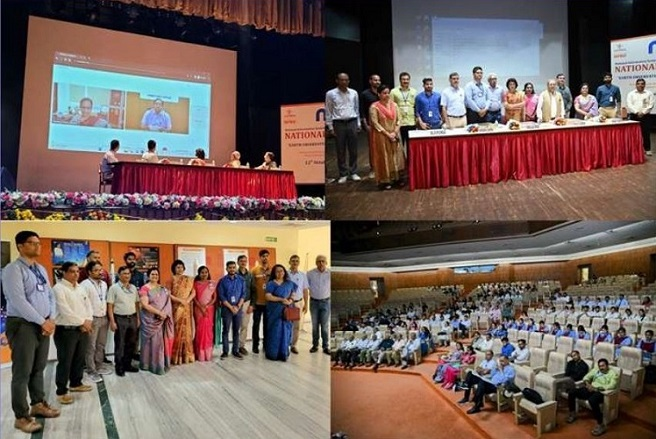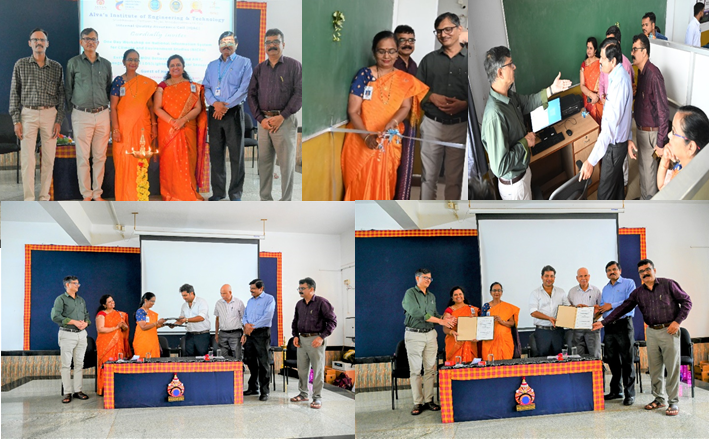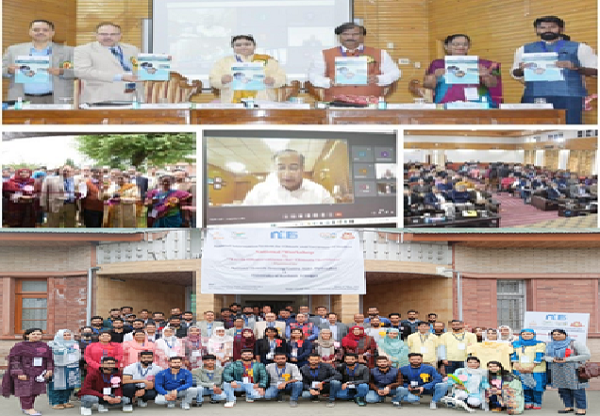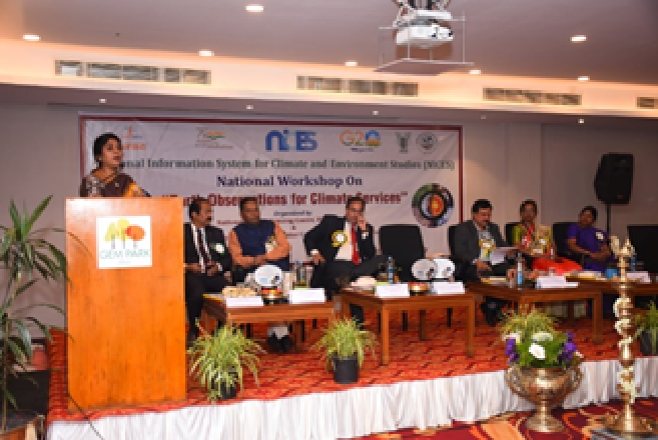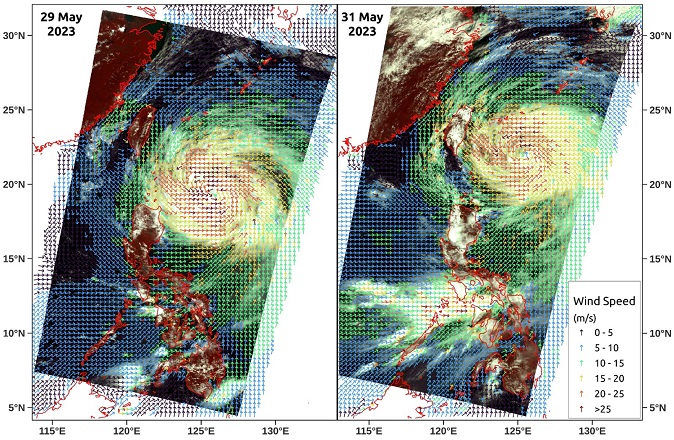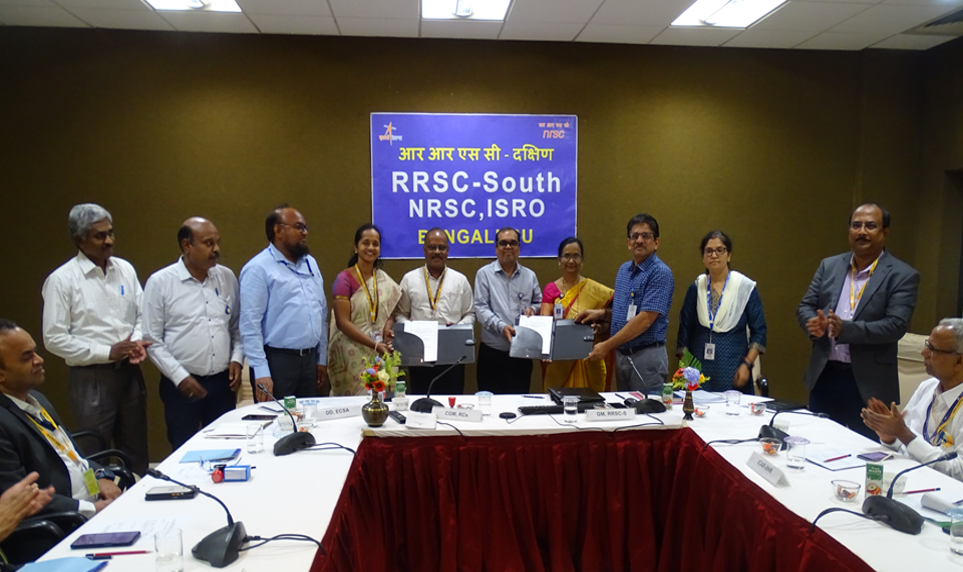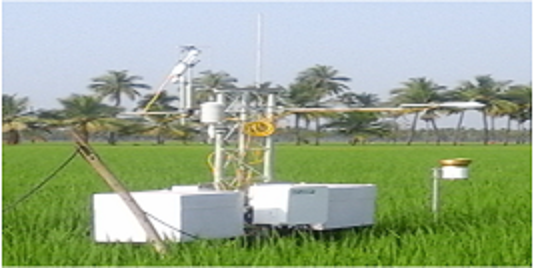Mesoscale Eddies in the north Indian Ocean
Satellite-measured daily sea level anomaly data are used from 1993 to 2021 to study the characteristics of mesoscale eddies in the north Indian Ocean. The procedure utilises information on the vorticity vector, Okubo-Weiss velocity gradient tensor and its threshold and Lagrange transport. The continental margin of the Arabian Sea (AS) with its western and northeastern flanks, the mouth of the Gulf of Aden, the Lakshadweep Sea, the western margin of the Bay of Bengal (BOB) and the Andaman Sea have been depicted as the hotspot regions for eddy occurrences. Read More..



